Many people have said the Hunstanton railway ‘can’t be re-opened — they have built on most of the old route and it could never be fitted in’. For a start this is simply not true. More than 80% of the original route is actually still mainly preserved. It is also the case that one of the advantages of rail transport is that it can be fitted into a very narrow corridor whilst still being able to move a lot of passengers or freight.
These photographs show examples from the Borders Railway (Edinburgh to Tweedbank) — which, like the Hunstanton Line, was closed in 1969. After much campaigning it was reopened in 2015.
Near Galashiels a new Asda store had been built on the trackbed.
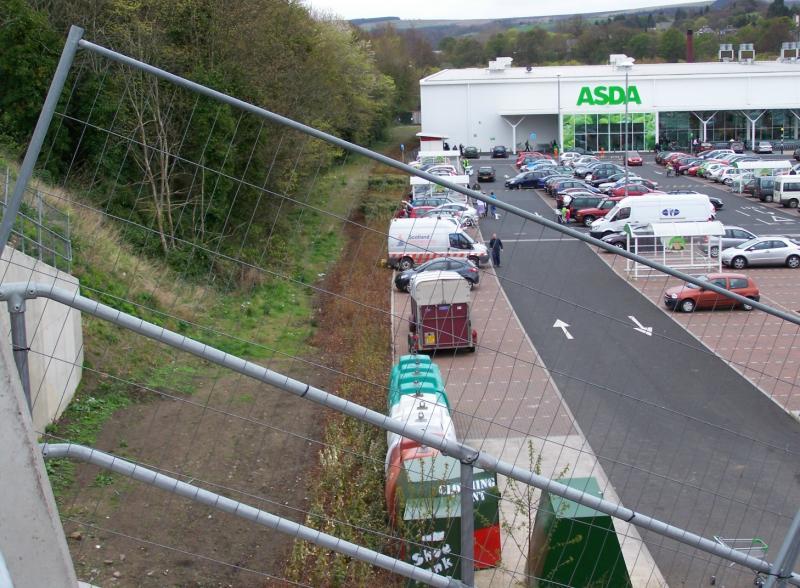
…yet they still managed to fit in the new railway…
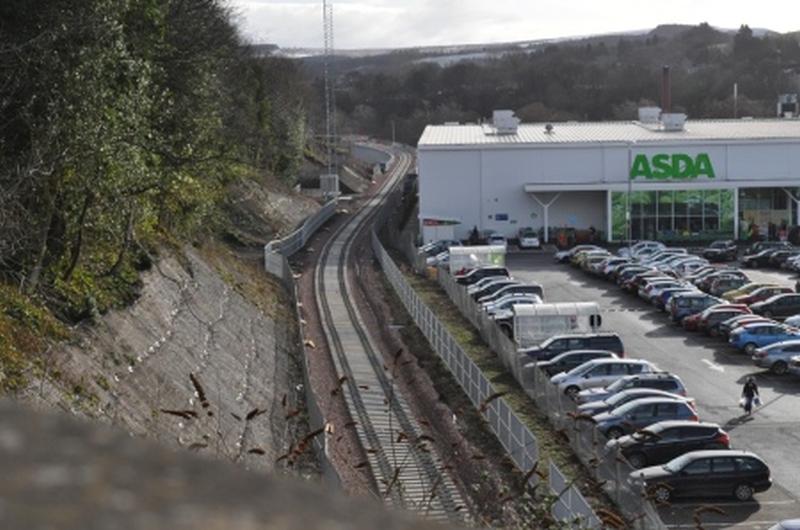
Also at Galashiels, the entire station site had disappeared under a new road and other development, yet by slightly diverting the road it was possible to fit in a single track plus a new station!
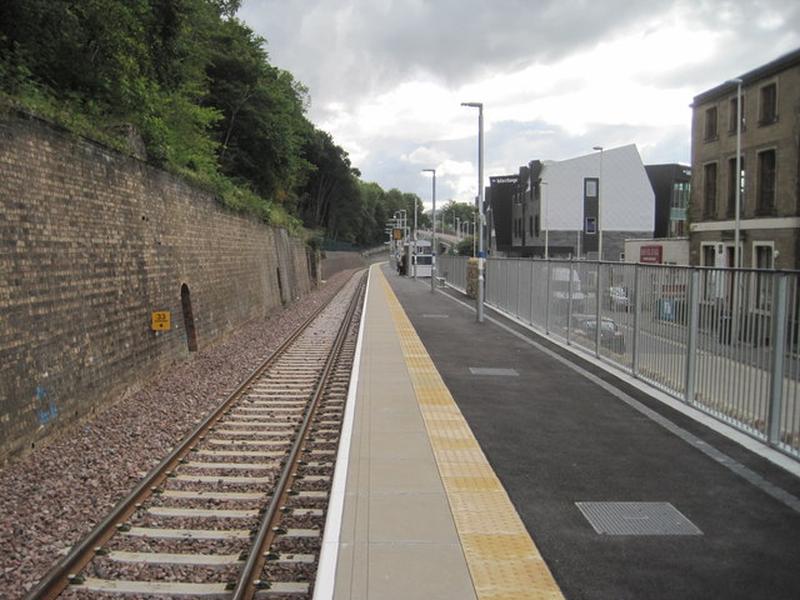
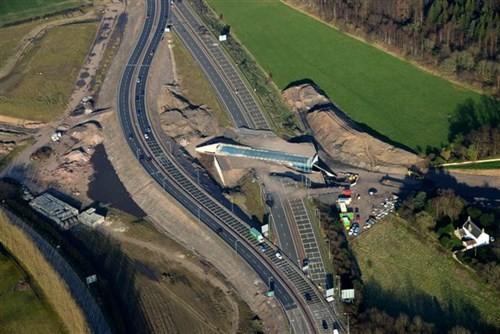
The Borders Rail was not a straightforward build. They had to construct over 140 engineering structures (bridges, cutting and embankments) and in one section they had to move a section of the Edinburgh bypass! (See picture). The line was still constructed on time and in budget at around £9M /mile. Contrast that with some recent road building projects in East Anglia!
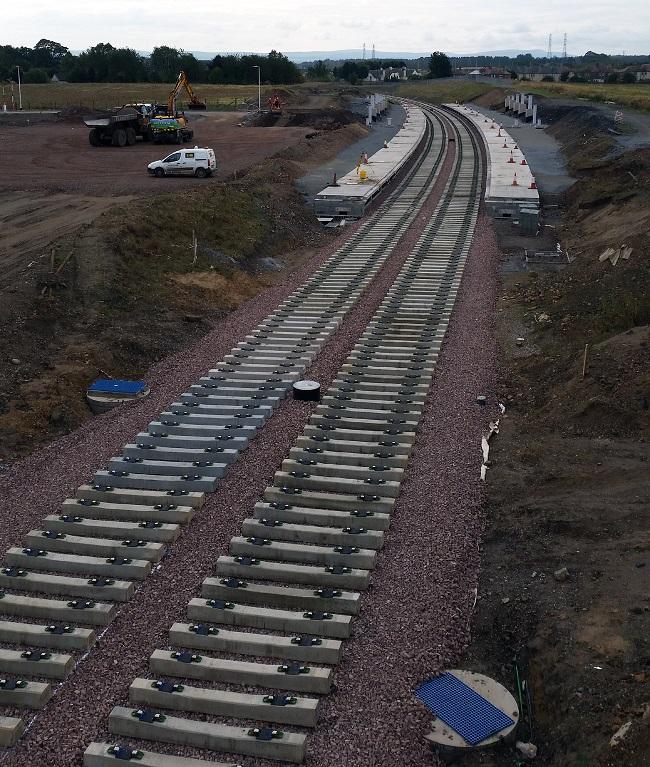
Tracklaying and new station construction taking place on the Borders Line.
Detractors of railway projects also say — ‘Now everyone likes to use their cars — a railway just wont be viable anymore’. But examples from elsewhere show that reopened railways constantly exceed expectations for usage.
The Borders Line was estimated to carry 650,000 people in the first year. Within weeks of opening it was averaging 20,000 passengers a week and by the end of the first year had carried more than a million passengers. Below we illustrate figures from other railway projects:
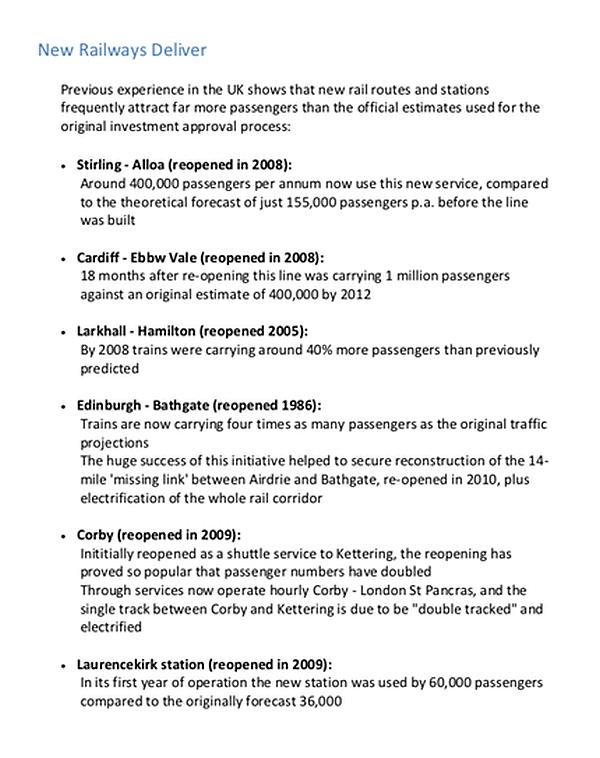
The above information from Railfuture
